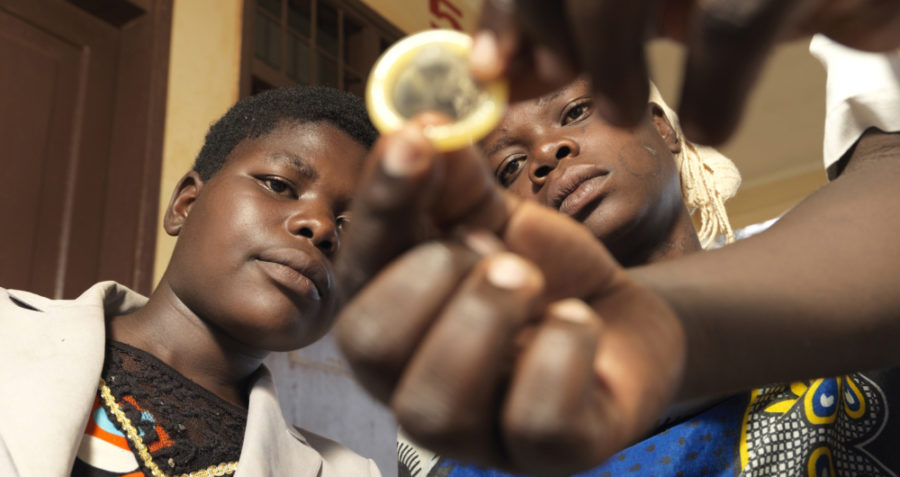UNAIDS’ new strategy must focus on HIV prevention and face down the threats
 © Frontline AIDS/Peter Caton
© Frontline AIDS/Peter Caton
HIV prevention must be at the heart of UNAIDS new strategy for beyond 2021, but first it is vital to recognise the scale of failure to meet the 2020 targets.
It is time for bold decisions and joint action.
Yesterday I spoke* on behalf of Frontline AIDS at a pre-meeting of the 46th UNAIDS Programme Coordinating Board, where I highlighted three priorities which must be addressed in the new UNAIDS strategy.
HIV prevention
The strategy paper states that there has been progress on HIV prevention, albeit slow. This statement fails to reflect the scale of the crisis in HIV prevention, a crisis which is especially grave for marginalised people such as people who use drugs, lesbian, gay, bisexual and transgender (LGBT) people and sex workers, as well as adolescent girls and young women.
I do not need to remind colleagues that UNAIDS’ fast track targets aimed to bring new HIV infections below 500,000 a year by 2020. Yet by the latest estimate, 1.7 million people are still contracting HIV annually. Let’s stop for a moment and consider the scale of that failure – 1.7 million new infections, versus a target of 500,000.
We need UNAIDS to lead the HIV response in taking stock of why we failed so badly. Then through its new strategy, we need UNAIDS to set out, clearly and boldly, what the joint programme is going to do next. How will it get better at enabling changes at country level, especially on criminalisation and structural barriers? How will it convince governments and donors to fund HIV prevention, including harm reduction? How will it increase support for community-led and community-based interventions, which are the best way to reach the most marginalised communities? What is UNAIDS’ role going forward: is it a quasi government agency? A critical voice? A brave convener?
COVID-19
The strategy paper acknowledges the COVID-19 pandemic, but it has not taken stock of the threats now facing the HIV response. At country level, we are already seeing HIV prevention and harm reduction services disappear and we know that those who are already criminalised – sex workers, people who use drugs and LGBT people – are facing increased repression and violence, while in all communities people have lost their livelihoods.
All of this will push up new HIV infections, while there is a very real risk that governments in the near future will not be able to afford the treatment bill. The WHO has already warned us that we could face more than 500,000 extra deaths from AIDS in 2020–2021.
The new strategy needs to face these threats head on. It absolutely cannot proceed with business as usual.
HIV and the global health architecture
My final point is on the discussion around where HIV sits within the global health architecture. Increasingly HIV has been deprioritised over recent years; and this has accelerated in the COVID-19 context.
Faced with this new pandemic, and with falling GDP, some governments and donors are already making cuts. Some see this crisis as the moment for integrating HIV into the wider sexual and reproductive health and rights (SRHR) agenda. This is well meaning, but it is not the right path. Now is the time to hold tight and push through. It is not the time to make decisions whether HIV should continue to be a standalone priority.
Now, more than ever, we need a strong HIV response. Of course, at the level of service delivery we support the provision of integrated HIV and SRHR responses, but at the political level, we need strong leadership. As we move forward with the UNAIDS strategy, we need to ensure that UNAIDS is ready to face down the threats and to ensure that the HIV response continues to be scaled up so that in 2030, we will not be here again taking stock of our failures.
*A shorter version of this statement was delivered during the meeting.
Tags
COVID-19HIV preventionSexual and reproductive health and rights (SRHR)UNAIDS

